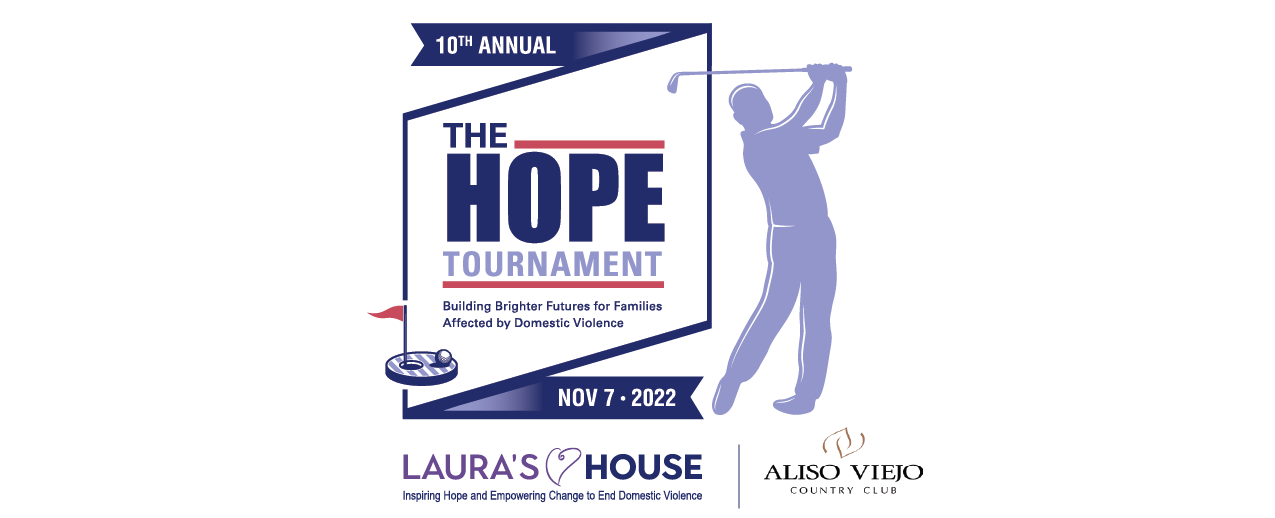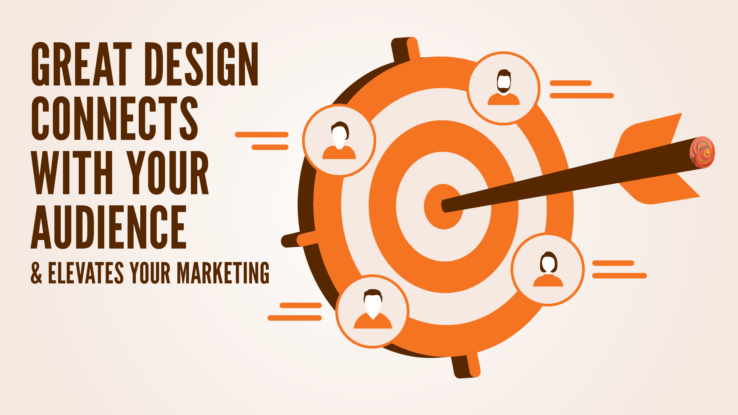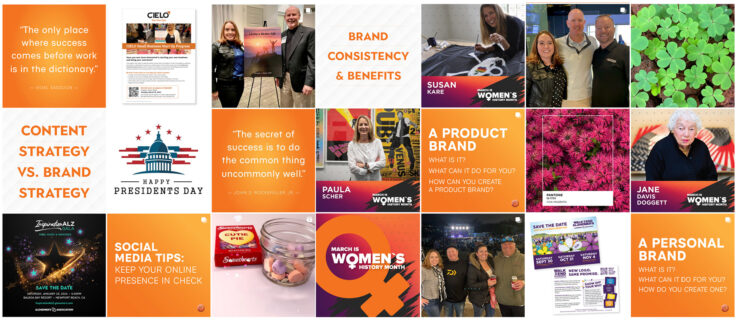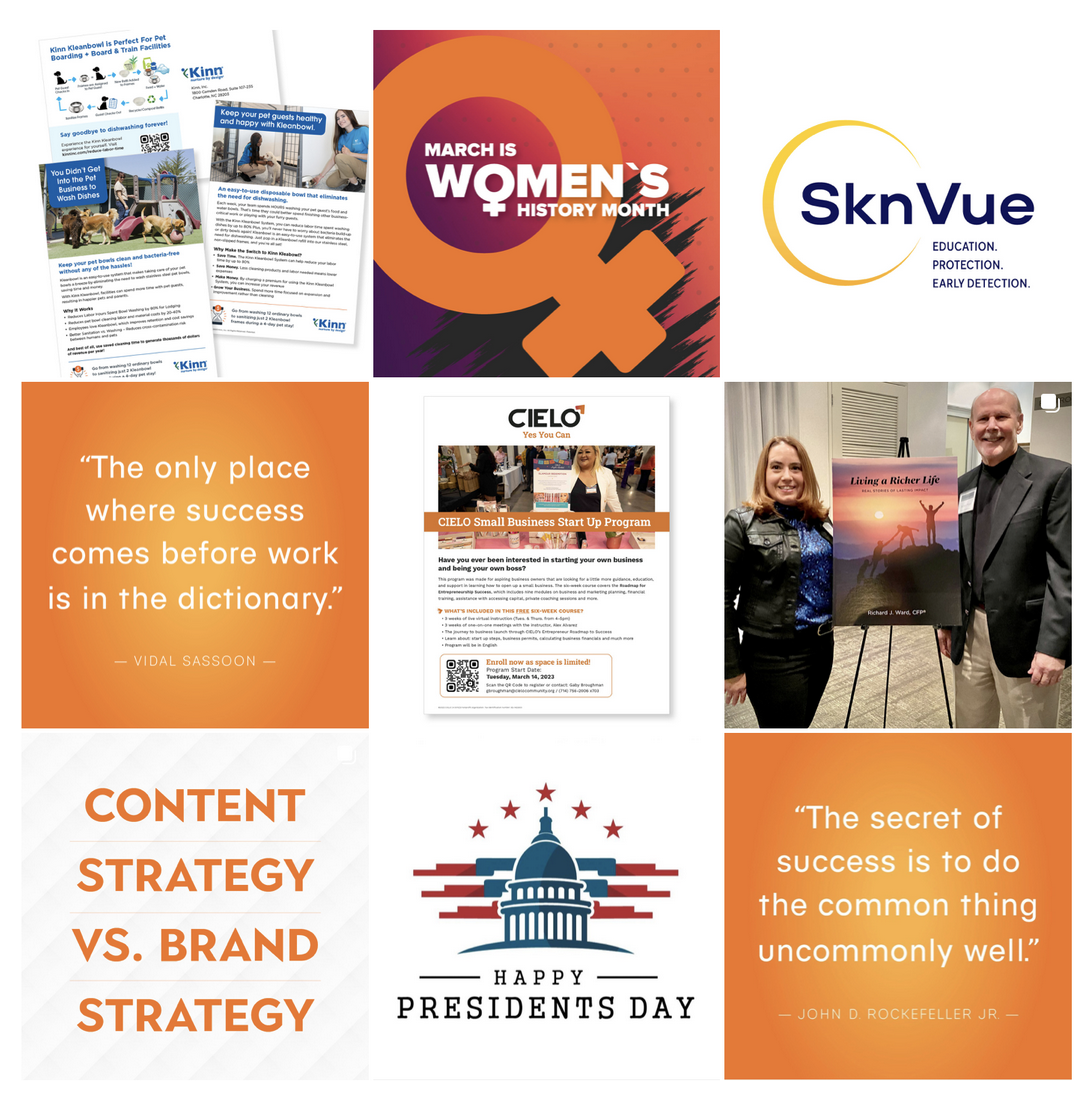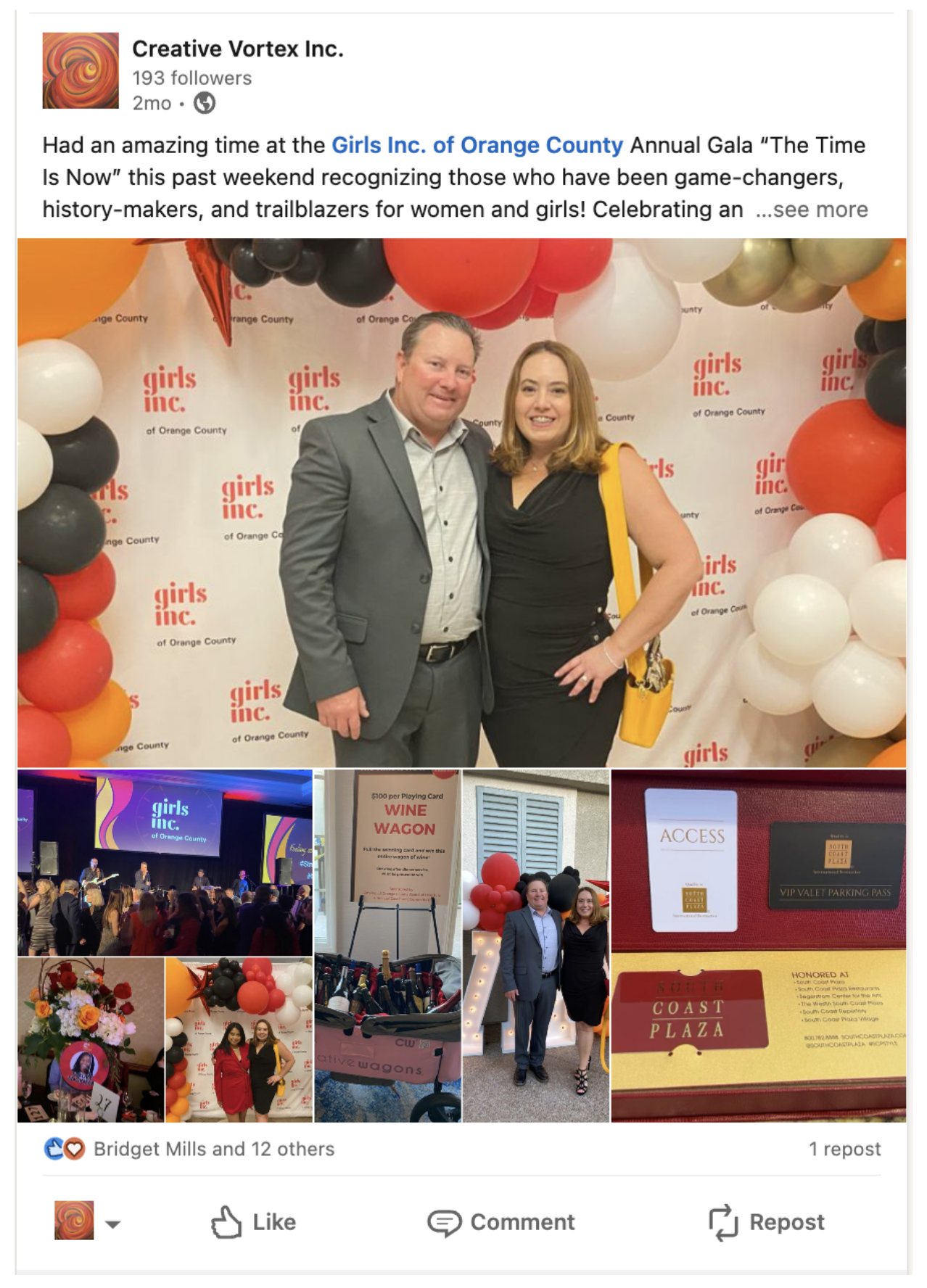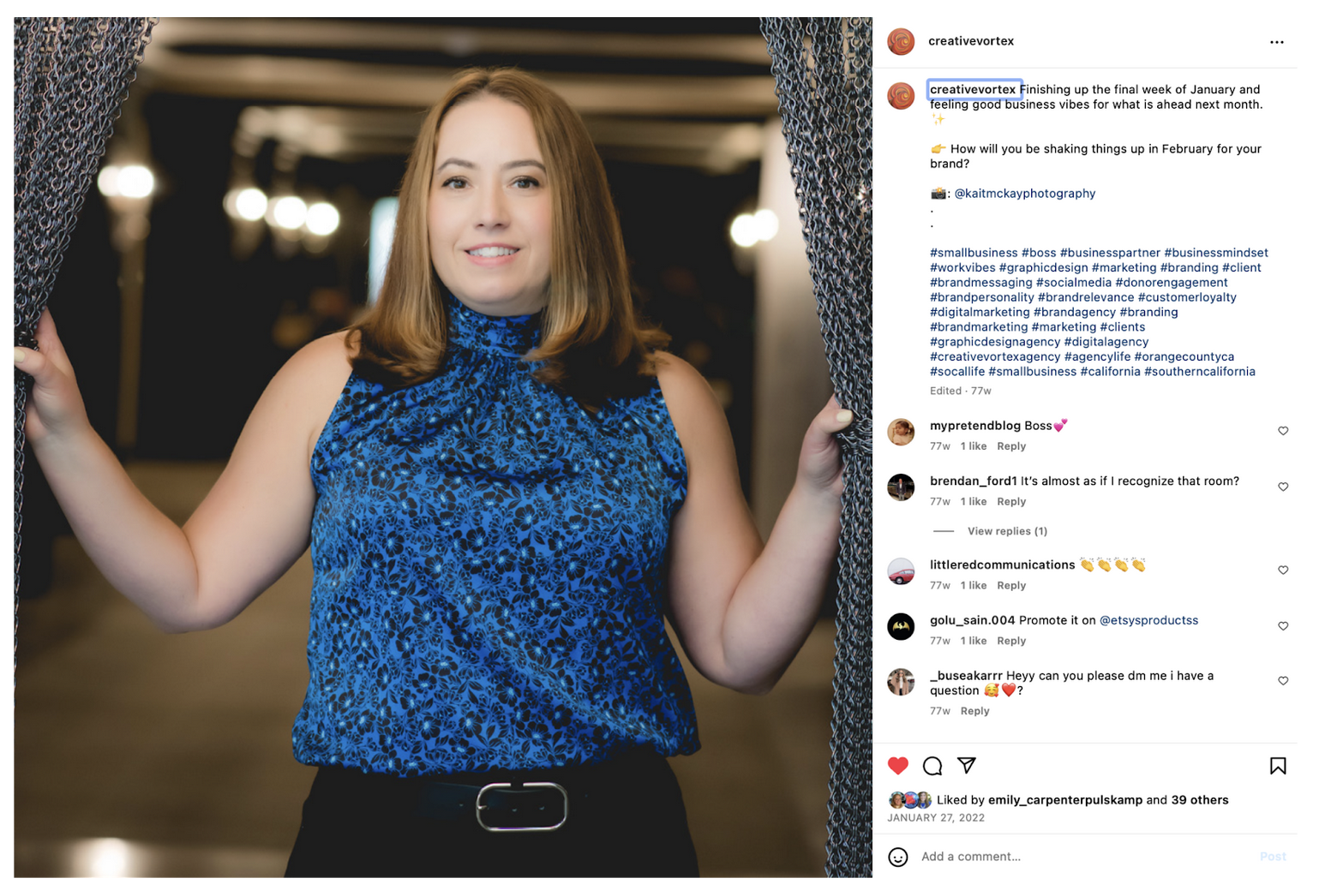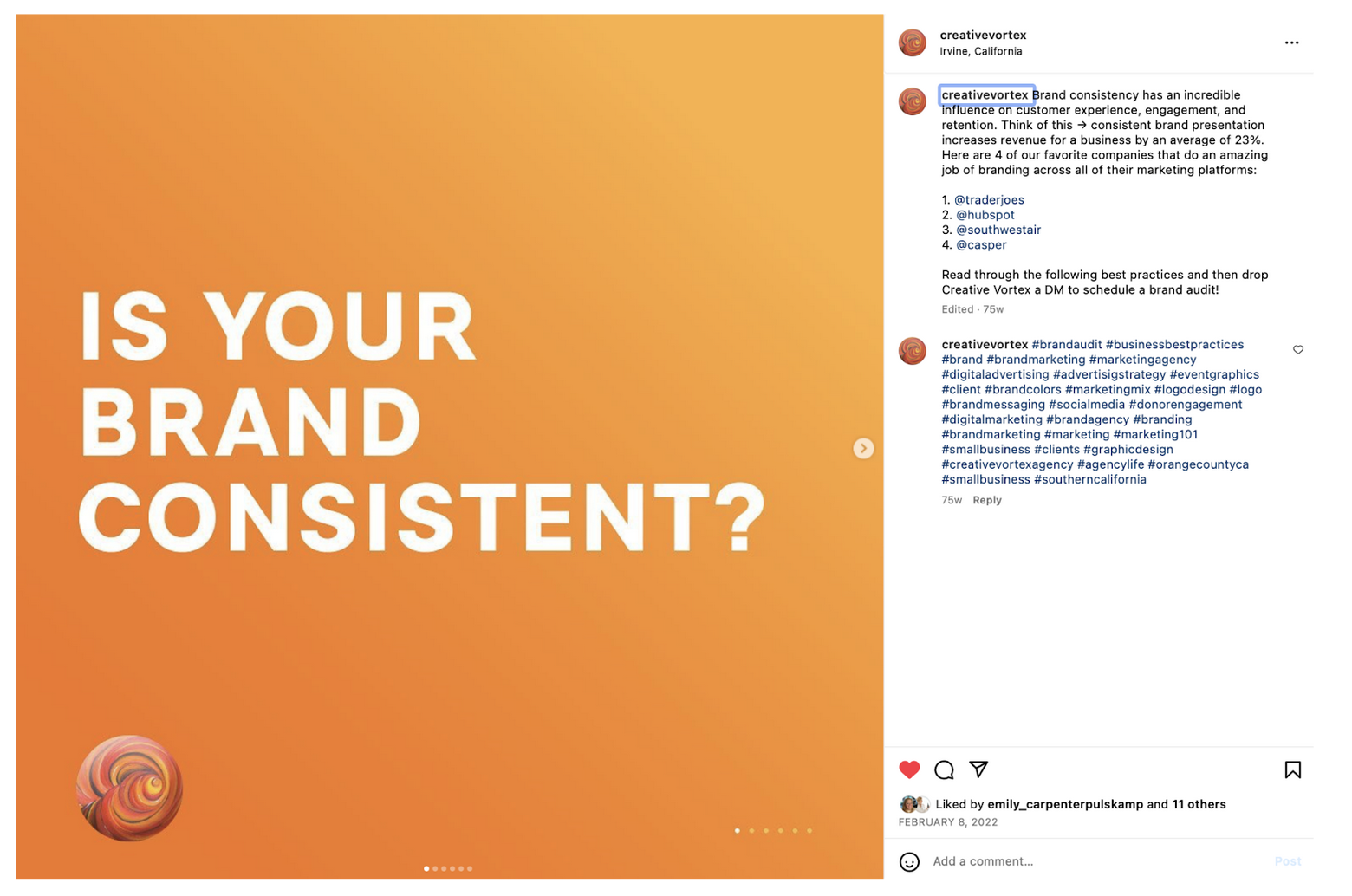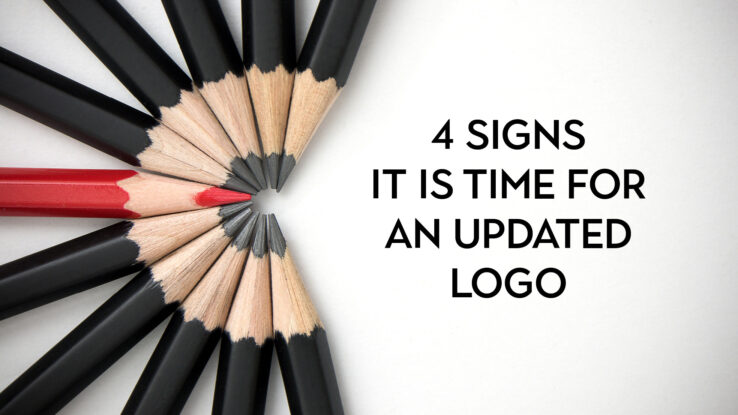A corporate anniversary logo is more than just a design. It’s a badge of honor, a spark of celebration, and a bold statement to the world. It marks a company’s journey, showcasing its resilience, growth, and the story behind every milestone. Whether it’s 5, 25, or 100 years, a custom anniversary logo becomes the visual heartbeat of the celebration bringing employees, customers, and stakeholders together. It’s not just about honoring the past; it’s about creating buzz, sparking connection, and reminding everyone what makes the brand unforgettable. From social campaigns to special-edition swag, that logo becomes a symbol of legacy and future ambition. In short: it turns a milestone into a movement.
A well-designed anniversary logo does more than just look good, but really makes an impact. Studies show that a strong logo can boost brand loyalty by 48%. It’s not just about making a great first impression; it’s about building trust, showcasing what your company stands for, and standing out from the competition. An anniversary logo helps reinforce your brand’s identity, creating a deeper connection with your audience and making them feel like they’re part of your ongoing success story. Logos play a big role in long-term success, too. Research shows that consistent branding can increase revenue by up to 23%. An anniversary logo is key to maintaining that consistency, keeping your brand recognizable and relevant. By celebrating milestones with a memorable logo, you’re not only honoring the past but also laying the groundwork for future growth.
Important Elements
An anniversary logo offers a unique opportunity to communicate your company’s longevity and its established place in the industry, serving as a visual testament to success and resilience. It’s also an excellent chance to broadcast brand messaging, reinforcing core values and the journey that has led to this milestone. With 80% of well-designed logos having the potential to become iconic symbols, an anniversary logo can transcend time, allowing your brand to maintain relevance and resonance with consumers across generations. This timeless design not only celebrates the past but also helps secure the future of the brand by fostering lasting connections with both loyal customers and new audiences.
Highlight the Number of Years – The foundation of an anniversary logo is placing clear emphasis on the bold digits, making the number of years the focal point. This allows customers, employees, and other stakeholders to immediately recognize and grasp the significance of the milestone at first glance.
Incorporate Taglines – Consider tagline options that encapsulate the company’s pride in its past achievements while expressing optimism for the future. These statements enhance the anniversary logo by conveying a sense of legacy and forward-looking energy.
Design Within Existing Brand Framework – Color plays a crucial role in maintaining continuity with an established brand identity. While the anniversary logo offers some creative flexibility, the primary visual element doesn’t have to strictly follow the usual guidelines. It’s an opportunity to incorporate a company’s logo mark or any other recognizable visual element, ensuring the anniversary logo feels fresh and aligned with the overall brand identity.
Stand-Alone or Integrated – An anniversary logo is often designed as a stand-alone mark, but there is also the option of incorporating the anniversary year into the existing corporate logo. This approach can be a simple yet effective way to highlight the company milestone while maintaining a seamless connection to the brand’s established identity.
As your company reaches this incredible milestone, your anniversary logo becomes more than just a visual — it becomes a symbol of your legacy. It tells a story of late nights, big wins, tough lessons, and bold leaps forward. It reflects the heart behind the hustle, the people behind the progress, and the purpose that’s carried you every step of the way. Let your anniversary logo be a proud banner of where you’ve been and a beacon for where you’re going. Your story is powerful. It deserves to be seen, shared, and celebrated for years to come.
These are some of my favorite anniversary logos we’ve designed over the years.




